anmitsu, kanten, wagashi
Kanten: The Gelatin with a Rich History!
Karina Ikedo
Posted on September 10, 2025
Share:
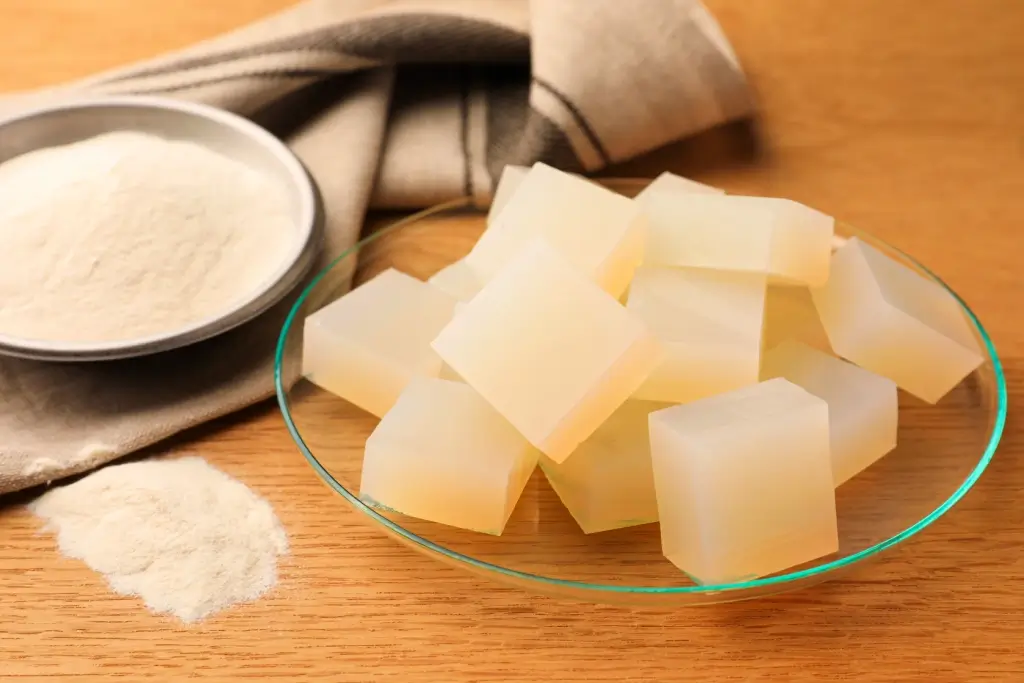
When people think about Japanese food, kanten might not be their first thought. But this soft, jelly-like food has been used in Japanese cooking for centuries. It is made from red seaweed and has a smooth texture that holds its shape well. You can find it in fancy wagashi (Japanese sweets) and simple, healthy everyday dishes.
Because it’s 100% plant-based, it works well for people who don’t eat meat or animal products. It’s an excellent choice for both vegan and vegetarian diets. This jelly is healthy, very easy, and fun to use. Many people call it one of Japan’s hidden food treasures. Keep reading to discover how it is made, what makes it special, and why it’s loved across Japan!
What is kanten?
Kanten is a natural jelly made from red seaweed found along the coast of Japan. The seaweed is usually tengusa (red seaweed) or ogonori (green seaweed), which are types of algae. People often compare it to gelatin because they look and feel similar. But kanten is 100% plant-based and doesn’t come from animals.
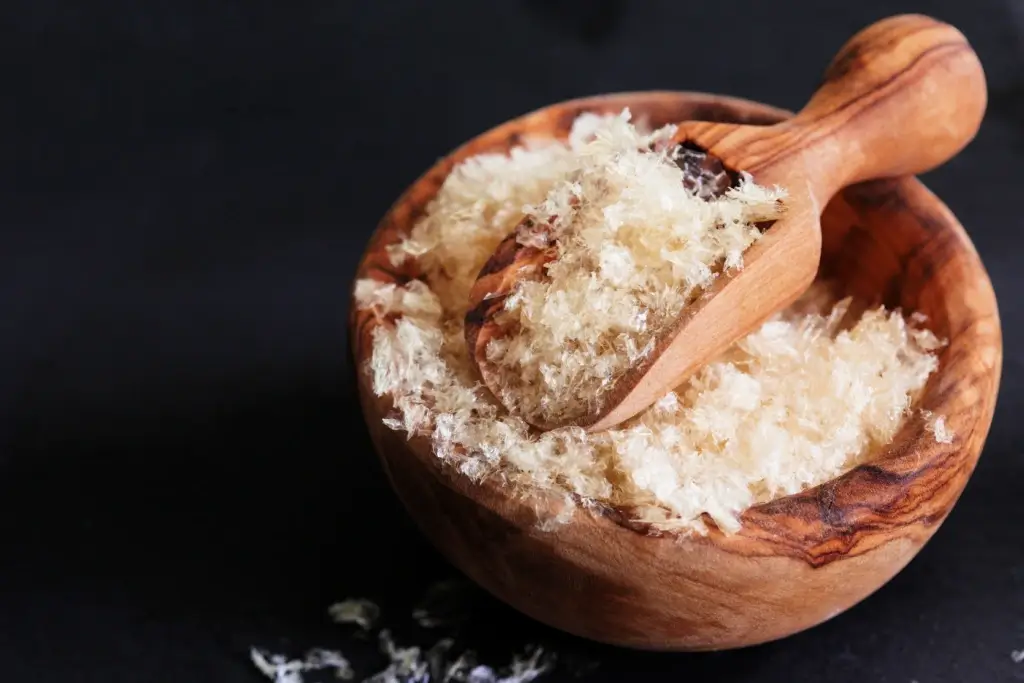
That’s why many vegetarians and vegans use kanten instead of regular gelatin. You can find it in three forms: powder, sticks, and thin threads. Even though it looks soft, Kanten is super strong and can hold a lot of liquid. It also keeps its shape well, even without a fridge.
A sweet history
This jelly’s story goes back to Japan’s Edo period (1603 to 1868). On a cold winter night, a Japanese innkeeper discovered it by accident. He served tokoroten (jelly made from seaweed) and left the leftovers outside overnight.
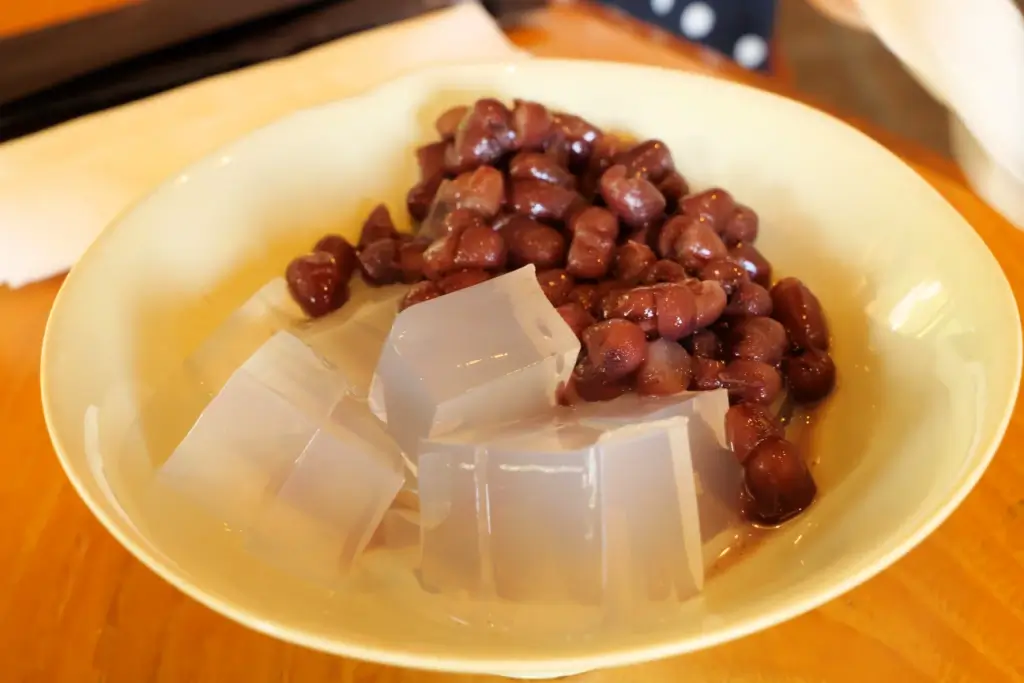
By morning, the jelly had frozen, melted, and dried into a brittle white block. Curious, he soaked it in water and saw it turn back into jelly. This was the beginning of what we now call kanten. Since then, people have used it in many traditional Japanese desserts. Some favorites include anmitsu (jelly with fruit and syrup), yokan (sweet red bean jelly), and kuzukiri (jelly noodle strips). Its clear color and soft taste make it great for fruits, teas, and other tasty flavors.
How is kanten made?
Making this one-of-a-kind jelly takes time and care, and it all starts with red seaweed from the ocean. After harvesting, the seaweed is cleaned and boiled until it softens into a thick, jelly-like liquid. Next, the jelly is strained to remove bits of seaweed and cooled down. Then, it’s frozen, melted, and dried in the sun, just like people did in old Edo times.
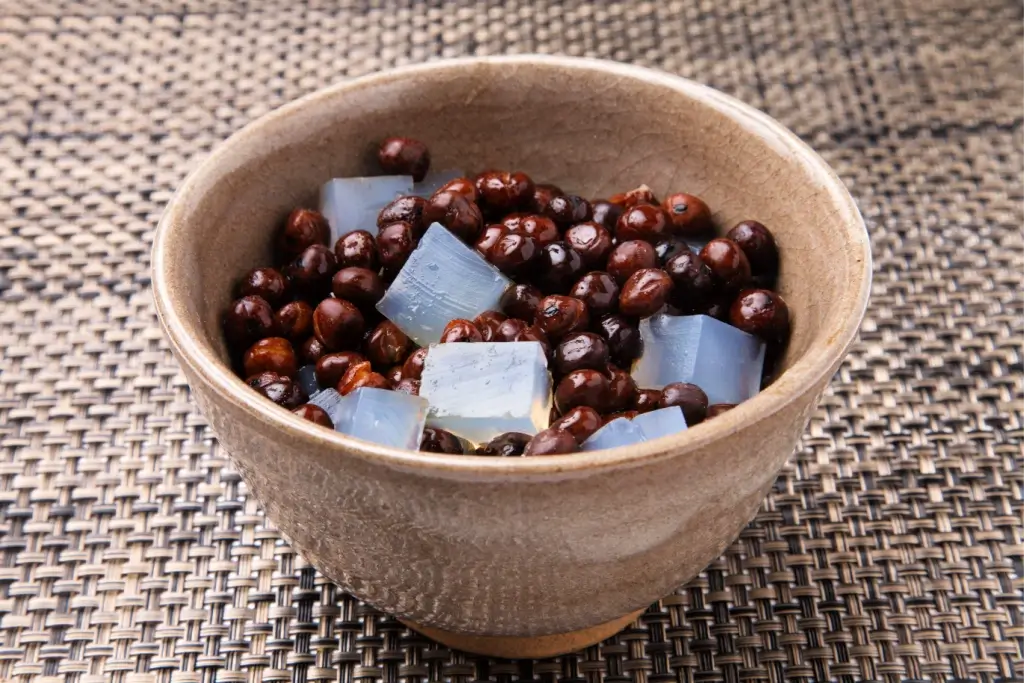
Drying gives it a light, spongy texture and helps it last a long time without going bad. Even today, most of it is made using traditional methods in places like Nagano Prefecture. There, the cold air and clean mountains help keep the quality high. Whether made by hand or in small batches, real jelly is loved for being pure and potent.
Why use kanten?
People love this jelly for many reasons, not just in Japan, but worldwide.
First, it is entirely plant-based and doesn’t come from animals. Gelatin is made from animals, but kanten comes from seaweed. That means it works for people who eat vegetarian, vegan, halal, or kosher foods.
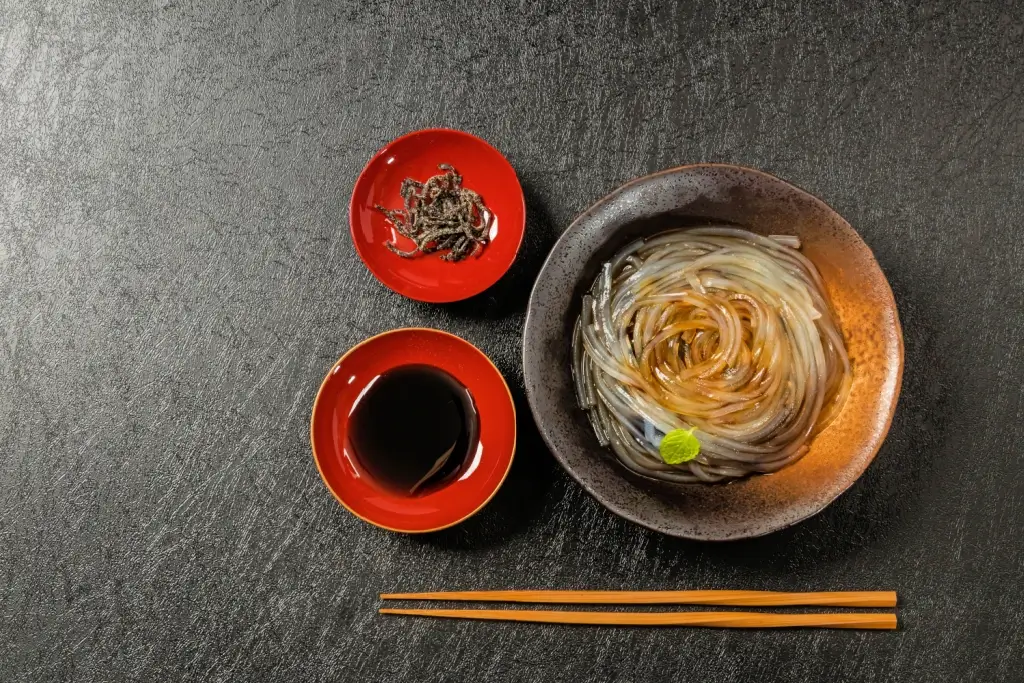
It is also low in calories and high in fiber, which helps your stomach feel full and work better. Because it doesn’t have much sugar, people in Japan sometimes use it in healthy or clean eating plans. Another cool thing is that it sets without needing a fridge. Once it cools, it stays firm, even when the weather is warm. This makes it great for summer desserts or snacks you can take outside.
Finally, this one-of-a-kind jelly is fun and easy to use in many recipes. You can make colorful fruit jellies, savory molds, or layered treats. It tastes great with green tea, fruit juice, or sweet red beans in traditional Japanese sweets.
Can’t make it out here, but do you want to try some exclusive Japanese sweets? Subscription services like Sakuraco offer traditional Japanese snacks, teas, and sweets from local Japanese makers right to your door every month so you can experience the taste and tradition of Japan in your own home!
How to use kanten at home
If you’re new to kanten, powdered is the easiest way to start. Mix the powder with water or juice and heat it until it boils. Then pour it into molds and let it cool until it sets. Add fruit, syrup, or milk to make a creamy jelly dessert. Once cooled, it turns into a smooth, bouncy jelly that’s fun to eat. For a traditional feel, more experienced cooks can try jelly bars or threads. First, soak them in water to make them soft. Next, boil them into a jelly-like liquid and use them like the powder.
Want a fun recipe to try? Make matcha (Japanese green tea) jelly by mixing matcha powder, sugar, and kanten powder with hot water. Let it chill until firm, then serve it with fruit or sweet red bean paste. It’s a cool summer treat that looks fancy but is easy to make at home.
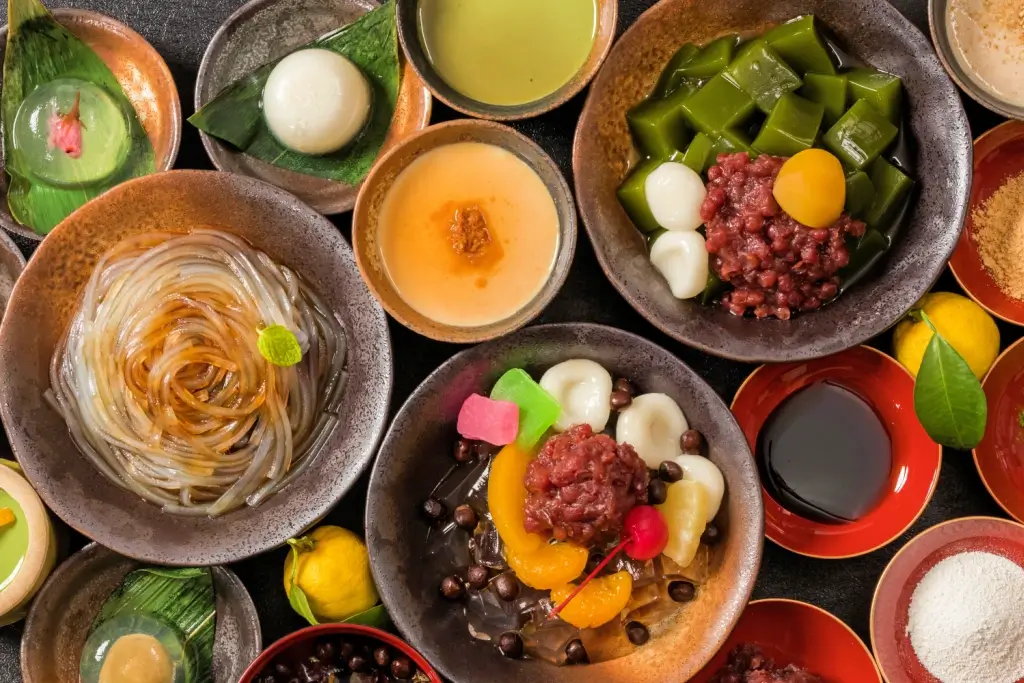
A taste of tradition in every bite
People love kanten because it may be soft and clear, but it’s essential in Japanese food culture. Its history, uses, and health benefits make it more than a jelly. It shows Japan’s close connection to nature, seasons, and simple, careful cooking. Whether you eat anmitsu on a hot day or make jelly at home, you join a tradition hundreds of years old. Have you ever tried a dessert made with kanten before? Which Japanese jelly treat would you want to taste first? Share your thoughts in the comments below!

Discover authentic flavors with Sakuraco
Get Sakuraco 

Discover authentic flavors with Sakuraco
Get Sakuraco 
Related Articles
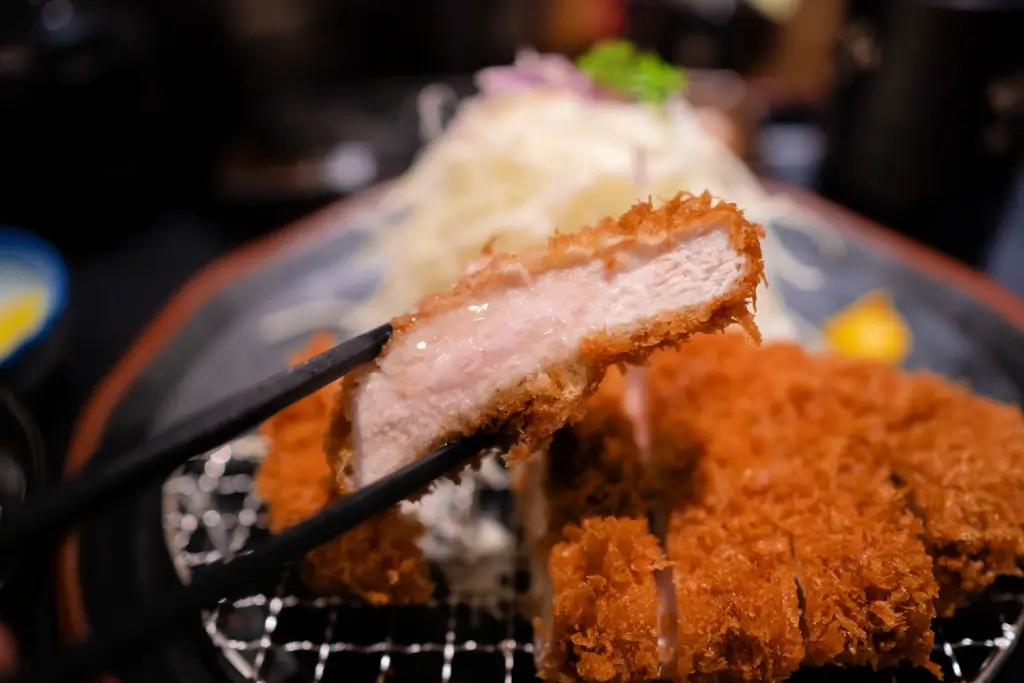
Tonkatsu Luxury Restaurants: Best Ones to Try!
Don’t miss out on tonkatsu if you’re traveling to Japan! Tourists often add the meal to their must-eat list because of its delicious and satisfying nature. Even better, you can elevate the experience by going to luxury restaurants across Japan, where you can experience some of the most celebrated pork cutlets.
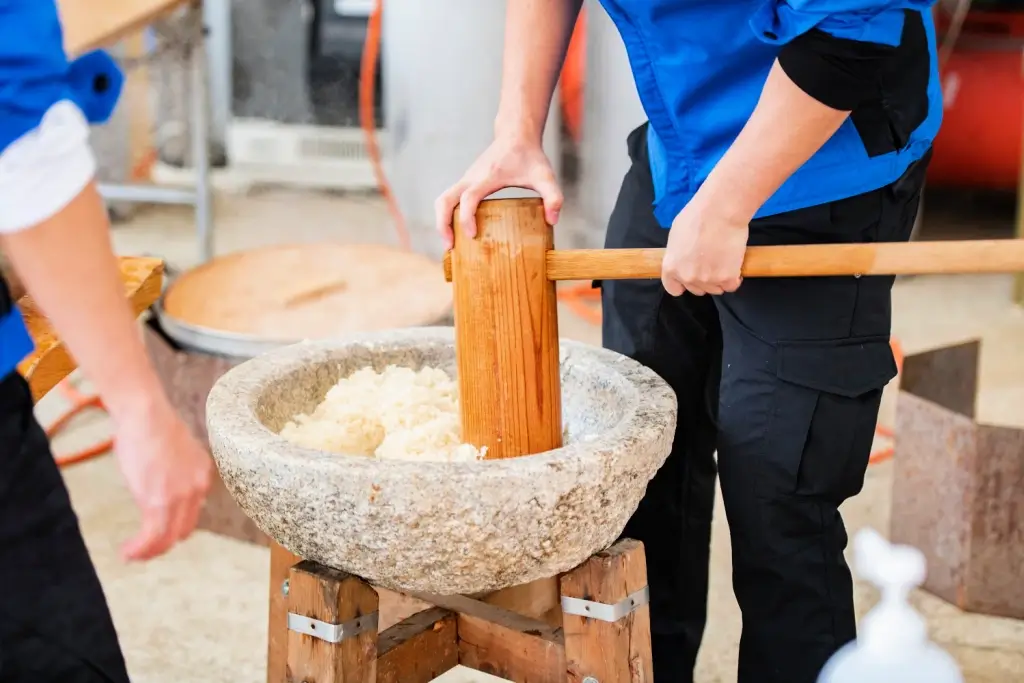
Mochi: How is Mochitsuki Made in Japan?
Mochitsuki is the Japanese tradition of pounding steamed rice to make mochi for the New Year. Families and neighbors gather to participate in this lively and meaningful tradition. The teamwork involved helps everyone feel a sense of connection.
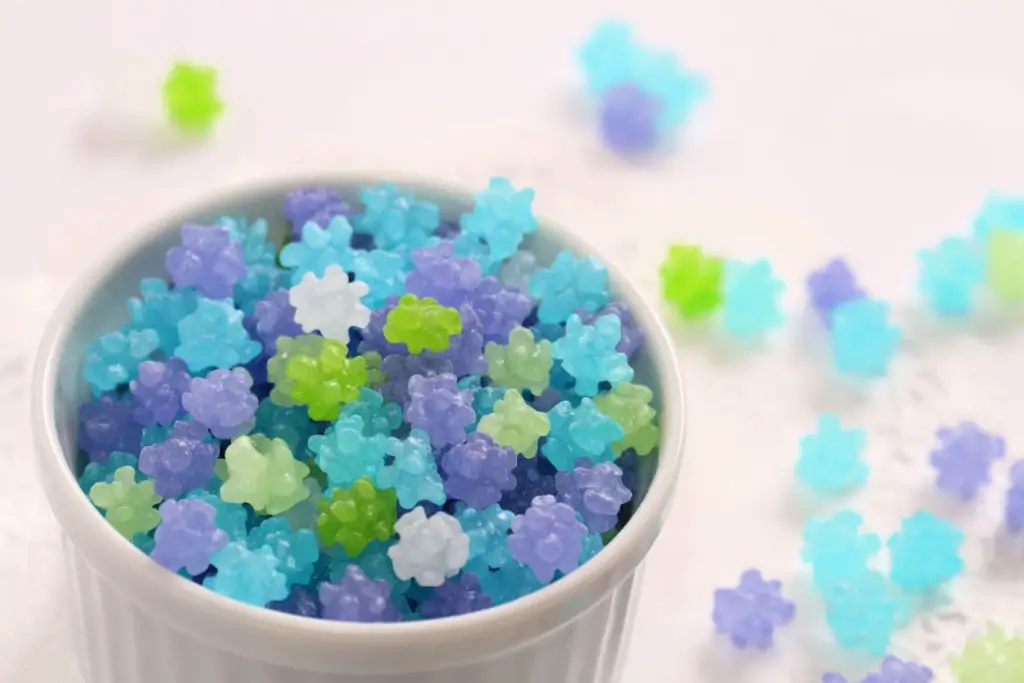
Konpeito Candy: What Makes This Starry Treat Shine?
If you are a fan of the famous Demon Slayer series, then you probably know that the favorite treat of the adorable Nezuko Kamado is those tiny, colorful little sweets.
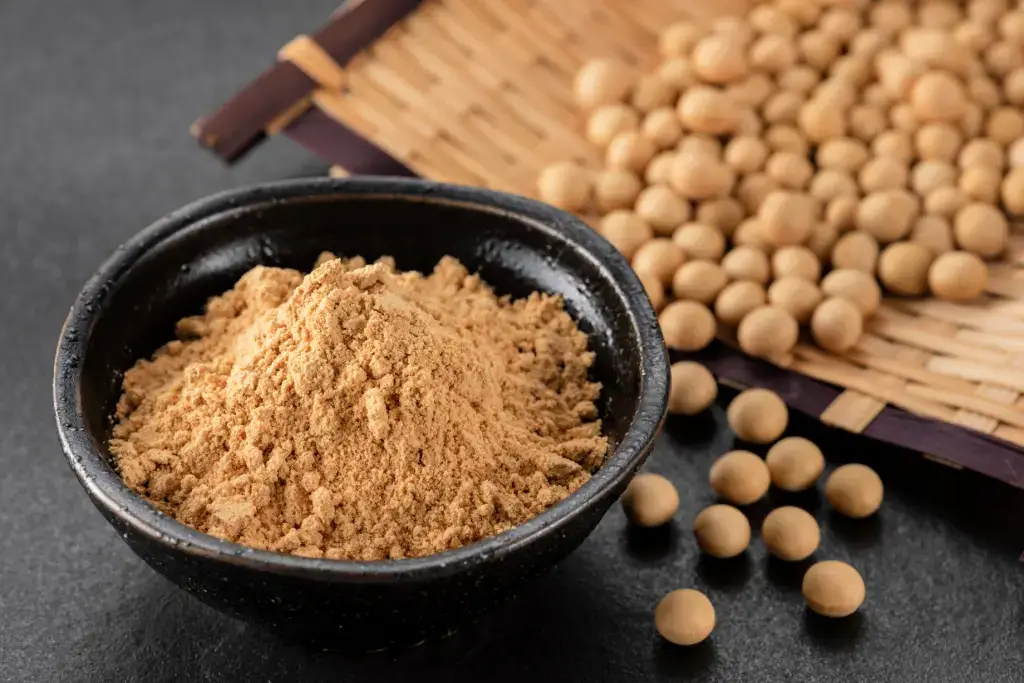
Kinako: The Amazing Roasted Soybean Powder!
Kinako is a very popular ingredient that can easily be found in many traditional Japanese sweets. It has a distinctive flavor, standing alongside other classic tastes such as red bean or sesame. Let’s explore this charming ingredient together, and who knows, you might even be able to make it in your own beloved kitchen!



